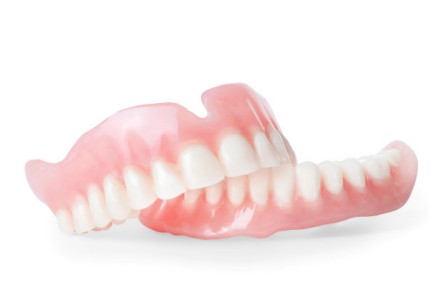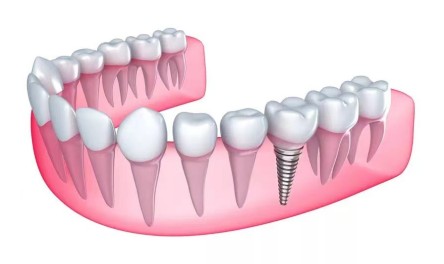Why do missing teeth have to be filled in time?
Long-term missing teeth, even just one tooth, will have adverse effects on the entire oral and maxillofacial area. If it is not repaired in time, it may eventually cause unpredictable damage to health.
The dangers of missing teeth
01 Adjacent teeth are tilted丨Remaining teeth fall out
After one tooth in the dentition is missing, the alveolar bone will shrink to varying degrees, and the adjacent teeth will also start to tilt due to losing their support and restraint. If there is no repair for a long time, the adjacent healthy teeth will lose their support, tilt, shift, and loosen towards the gap between the missing teeth, and finally the adjacent teeth will also be "laid off".

02 Affecting beauty丨affecting speech
If the continuous tooth loss is not taken seriously and repaired, the problems will become more and more. If the front teeth are missing, speaking and smiling can affect your appearance. When there are many missing teeth, especially when the front teeth are missing or all the teeth are missing, it can cause different degrees of dysphonia, and speaking is laborious and unclear. If there are many missing teeth, the cheeks may be sunken inward due to the loss of support, there will be more facial wrinkles, the nasolabial folds will be deepened, and the corners of the mouth will be sunken, showing an obvious aging appearance.

03 Opposite Teeth Grow Crazy丨Cause Teeth Clogging
The teeth opposite to the missing teeth may overgrow because there is no vertical pressure, resulting in occlusal disorder, which is not only not conducive to the restoration of the teeth in the future, but also increases food impaction. If things go on like this, the local periodontal tissue will be destroyed, causing inflammation, and then developing into periodontitis, manifested as gingival recession, abscess, and often bad breath. Always plugging the teeth will also aggravate the local caries of the teeth, making it easier for food to get stuck in the teeth, forming a vicious circle.

Restoration of missing teeth
There are three main methods of restoring missing teeth. You can choose the most suitable one according to its advantages and disadvantages.
Porcelain teeth: The restoration of porcelain teeth is mainly done by grinding off a layer of dentin on the adjacent teeth on both sides, wrapping the braces and connecting the middle dentures, and connecting the three together to form a shape similar to a "bridge", so it is also called fixed bridge restoration.
Advantages: The teeth after restoration with porcelain teeth are strong, the chewing function is better, and the patient will not feel discomfort.
Disadvantages: This treatment is based on the cost of damaging healthy teeth, and it is an irreversible and destructive repair. If the grinding design is improper during repair, various complications will occur.

Removable dentures: Removable dentures are supported by the natural remaining teeth, and the dentures are fixed on the teeth through a clasp, and then the base is used to enable the dentures to perform the chewing function.
Advantages: It will not hurt your own teeth, easy to clean, cheap, and can be removed and worn by yourself.
Disadvantages: The service life of removable dentures is short, there is obvious discomfort, and it is inconvenient to use, and it must be cleaned every day.

Implanted teeth: Known as artificial dental implants, are medically designed and made of titanium metal into a shape similar to the root of a tooth, and surgically implanted into the alveolar bone in the edentulous area. After 1-3 months, wait until the implant and the alveolar bone are tightly bonded, and then make a porcelain crown on the implant.
Advantages: Dental implant restoration can be deeply implanted into the tooth bone without grinding away the dentin of the adjacent teeth on both sides. Regardless of the chewing function or appearance, it is almost the same as the natural tooth, so it is called "the third set of human teeth".
Disadvantages: At present, the price of dental implants is expensive, and the treatment time is relatively long. It takes 3-4 months to complete the entire course of treatment.

